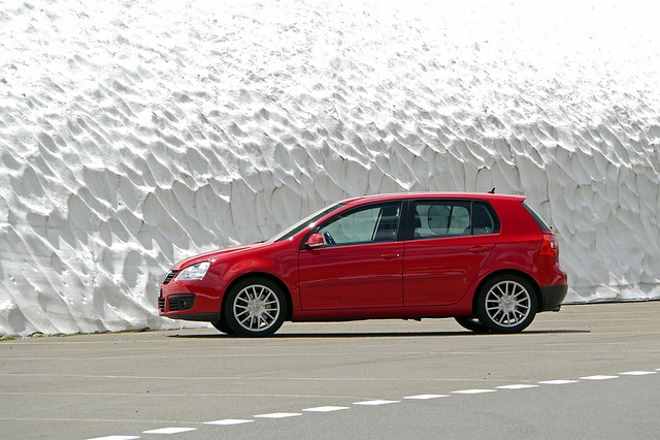Shaping the Future: The Intriguing Role of 3D Printing in Automotive Manufacturing
The automotive industry is relentlessly evolving, and one of the leading forces driving this change is 3D printing. Once a niche technology, 3D printing is now pioneering a revolution in automotive manufacturing. This article explores the rise of 3D printing in the auto industry, its impact, benefits, challenges, and what the future holds.

A Historical Overview of 3D Printing in Automotive Manufacturing
3D printing, or additive manufacturing, is not a new concept. It was first developed in the 1980s but only started making significant strides in the automotive industry in the last decade. Initially, 3D printing was employed for rapid prototyping, allowing manufacturers to quickly create small-scale models to test and refine designs. However, with the advancement in technology, 3D printing is now used to produce parts for actual vehicles, drastically altering the traditional manufacturing process.
Current Industry Trends & Insights
Automakers globally are leveraging 3D printing to reduce production costs, increase efficiency, and deliver highly customized vehicles. In fact, according to SmarTech Analysis, the automotive 3D printing market is projected to reach $12.4 billion by 2028. Companies like Ford, BMW, and Bugatti have already integrated 3D printing into their production lines, manufacturing complex parts that would be challenging to produce with conventional methods.
Impact: Benefits and Challenges
3D printing offers several benefits that make it a game-changer in automotive manufacturing. It allows for the creation of lighter and stronger parts, contributing to improved fuel efficiency and performance. The technology also fosters greater design freedom, enabling the production of complex geometries that are impossible with traditional methods.
However, despite its numerous advantages, 3D printing is not without its challenges. One of the primary concerns is the speed of production. Although 3D printing can produce intricate parts, it is often slower than traditional manufacturing methods. Additionally, the technology is currently more suited for small-scale production, which could pose a challenge for mass-market vehicle production.
The Future of 3D Printing in Automotive Manufacturing
While 3D printing faces some obstacles, its potential in the automotive industry is undeniable. As technology advances, it’s likely that 3D printing will become even more integral to car manufacturing. We may see a future where entire cars are 3D printed, offering unprecedented customization options for consumers.
Conclusion
3D printing is undoubtedly shaping the future of automotive manufacturing. As manufacturers continue to innovate and overcome current challenges, the technology’s role is set to expand even further. While we may not see fully 3D printed cars on our roads tomorrow, the groundwork is being laid for a future where this could become a reality.
In the ever-evolving world of automotive technology, 3D printing stands as a testament to the industry’s relentless pursuit of innovation, efficiency, and customization. It is a fascinating journey to follow, and one that promises to redefine the way we think about car manufacturing.




